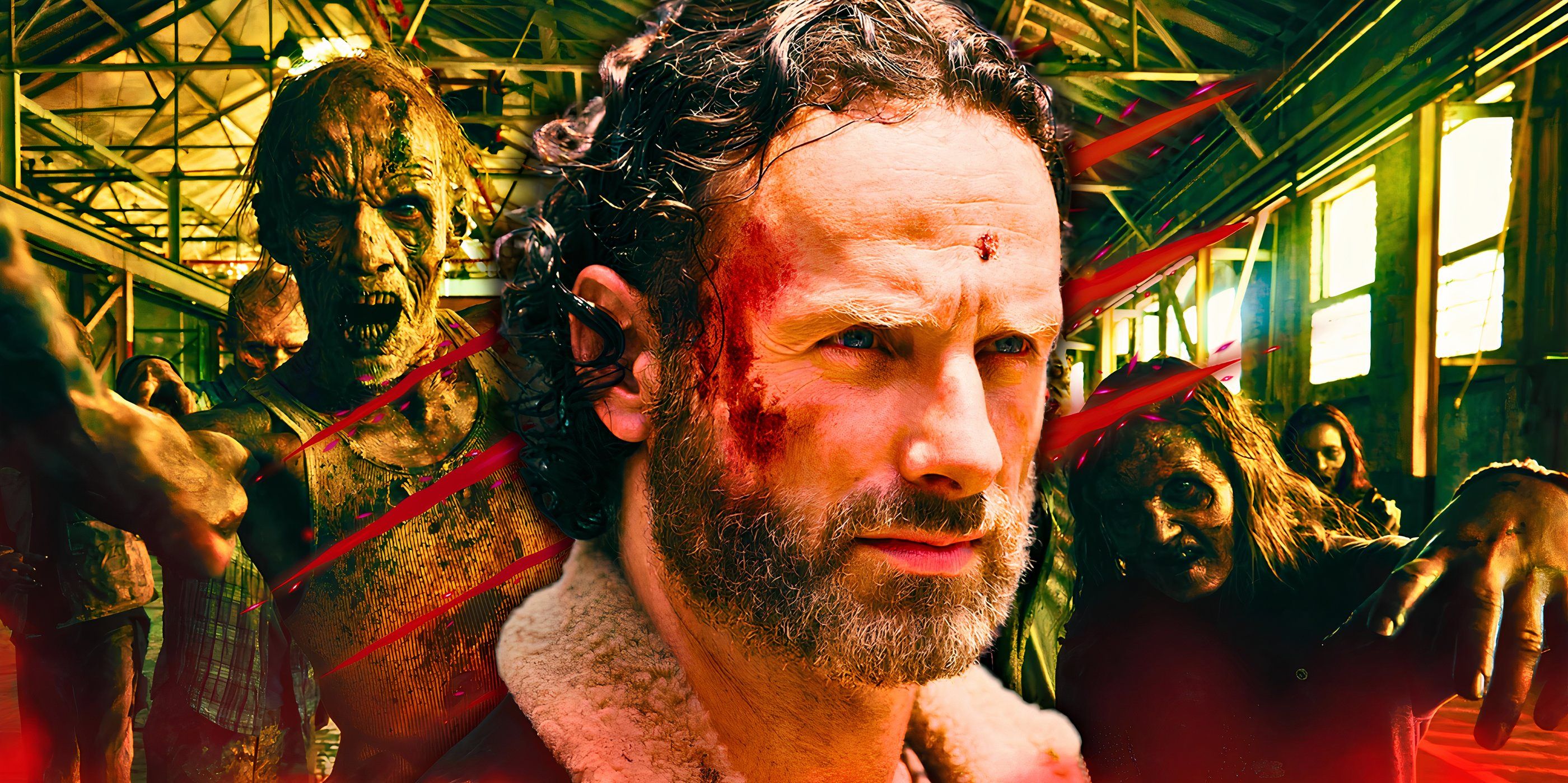
The Horror franchise that began with The Walking Dead and its zombie outbreak has delivered countless moments of terror across its multiple series, though the moment Andrew Lincoln left the show might be the scariest of all. From intimate psychological horror to graphic violence and devastating losses, these shows have pushed the boundaries of television horror. What began as a story about survival against the undead evolved into exploring human nature in its darkest forms, creating scenes that continue to haunt viewers years after their initial broadcast.
Beyond jump scares and gore, the franchise’s most frightening moments often come from the characters’ moral choices and the devastating consequences of their actions. Whether watching beloved characters meet brutal ends or witnessing the depths of human cruelty from the main villains, these scenes demonstrate how the apocalypse strips away humanity’s civilized layers, leaving behind something far more terrifying than simple monsters.
15Carl’s Last Moments
The Walking Dead: Season 8, Episode 9 – “Honor”
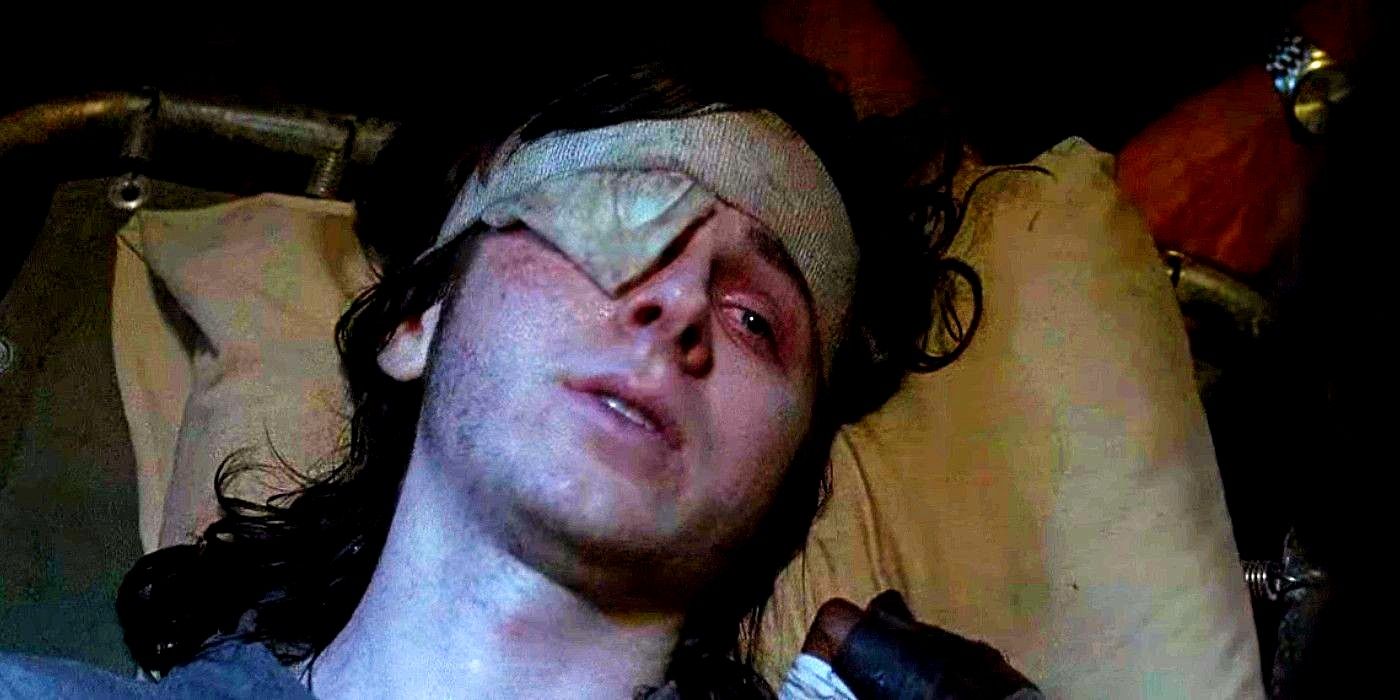
The slow revelation of Carl’s bite wound creates a unique kind of horror – the inevitable, yet frustrating death of a character viewers watched grow up through the apocalypse from an annoying child to a brave young man. Unlike sudden deaths, Carl’s final hours force the characters and the audience to confront the gradual process of losing someone they love. The scene gains additional power from Carl’s acceptance of his fate, choosing to spend his final moments trying to guide his father toward a better future.
The terror here comes not from violence or gore, but from the psychological impact of watching a father face his son’s mortality. Rick’s powerlessness against the infection that will claim his child creates a different kind of nightmare – one where all his strength and determination mean nothing. It’s a reminder that even the youngest and most adapted survivors aren’t safe in this world of The Walking Dead.
14The Governor’s Assault on Michonne
The Walking Dead: Season 3, Episode 8 – “Made to Suffer”

The Governor’s true nature explodes into violence during his confrontation with Michonne. In mere moments, he transforms from a charismatic leader to a savage monster and almost kills another major character. The scene’s claustrophobic setting amplifies the intensity of their struggle, while the discovery of his private room of horrors—including his collection of heads in aquariums—reveals the depths of his madness. Each new revelation adds another layer of horror to the character.
The physical brutality of their fight is matched by the psychological horror of realizing that the governor’s facade of civilization was merely a mask for his sadistic nature.
The physical brutality of their fight is matched by the psychological horror of realizing that the governor’s facade of civilization was merely a mask for his sadistic nature. This scene is a pivotal moment in the series, establishing that the most dangerous monsters in this new world aren’t the walkers, but the humans who use chaos to indulge their darkest impulses.
13The “Claimed” Group Invasion
The Walking Dead: Season 4, Episode 11 – “Claimed”
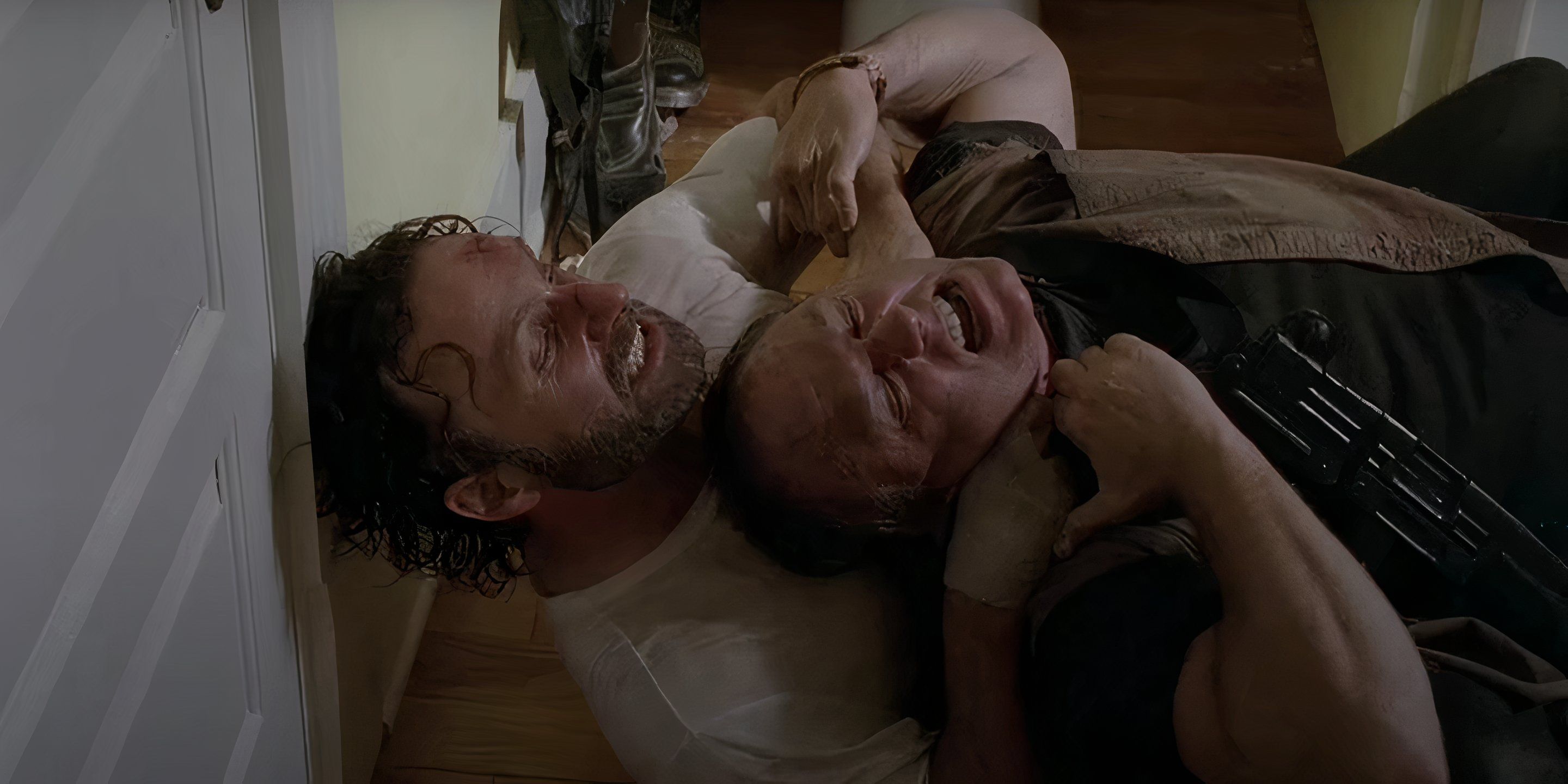
Terror takes on a suffocating quality as Rick hides beneath a bed while violent gang members ransack the house above, but this is not the end of Rick Grimes’ story. The scene brilliantly builds fear and tension through Rick’s limited perspective, forcing viewers to experience his helplessness as brutal men prowl mere inches away. Every creaking floorboard and muffled voice heightens the possibility of discovery, creating an almost unbearable atmosphere of suspense.
The claustrophobic staging transforms a familiar domestic space into a trap, with Rick forced to remain still while witnessing disturbing glimpses of the intruders’ violent nature. This scene proves that human threats can be far more terrifying than any walker, especially when escape seems impossible. The prolonged tension and threat of discovery create a masterclass in sustained horror.
12Carver vs. Morgan
Fear The Walking Dead: Season 6, Episode 9 – “Things Left to Do”

Against the backdrop of a nuclear apocalypse, Morgan’s confrontation with serial killer Emile Carver escalates psychological horror to new heights. Juxtaposing the external threat of radioactive fallout with the immediate danger of a human predator who hunts for sport rather than survival, the scene builds fantastic tension. Carver’s methodical approach to violence, complete with his signature collection of victims’ facial features, introduces a level of calculated madness previously unseen in the franchise.
The horror deepens as Morgan, despite having one of the highest kill counts in the series, realizes he faces an opponent who has maintained his murderous habits from the pre-apocalyptic world. This suggests that some monsters merely waited for society’s collapse to operate openly. The scary scene builds more fear through the killer’s casual attitude toward both the nuclear threat and human life, creating a terrifying portrayal of evil thriving in chaos.
11Attack on Carol and Ash
The Walking Dead: Daryl Dixon: Season 1
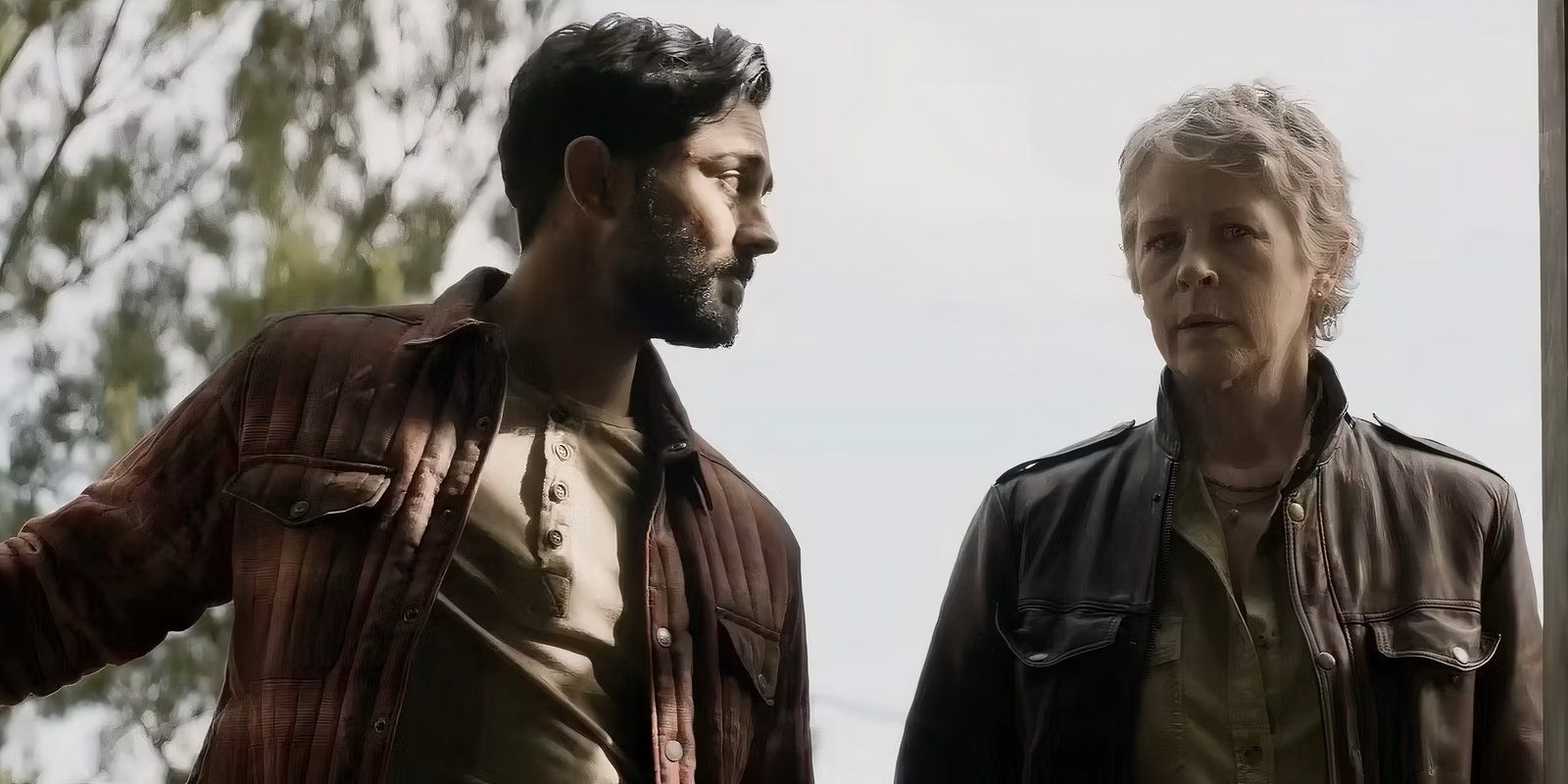
Paris’s underground catacombs become a claustrophobic nightmare as Carol and Ash face an unseen threat in the darkness of fan favorite Daryl Dixon’s spin-off. The ancient tunnels, already steeped in death, transform into a maze of terror as echoing growls and shuffling footsteps signal approaching danger. The scene plays with expectations, using the historical setting’s inherent creepiness to amplify the modern horror of the undead threat lurking in the shadows.
The Walking Dead: Daryl Dixon proves its horror credentials by maximizing the atmospheric potential of its unique setting. The scene’s power lies in its restraint – minimal lighting and strategic sound design create a suffocating sense of dread that builds to a shocking confrontation. Unlike many action-oriented sequences in the franchise, this scene returns to pure horror roots, proving that sometimes what lurks in the darkness is more frightening than what’s visible in a way that can only be described as being proper A24 horror.
10Sophia’s Fate Revealed
The Walking Dead: Season 2, Episode 7 – “Pretty Much Dead Already”
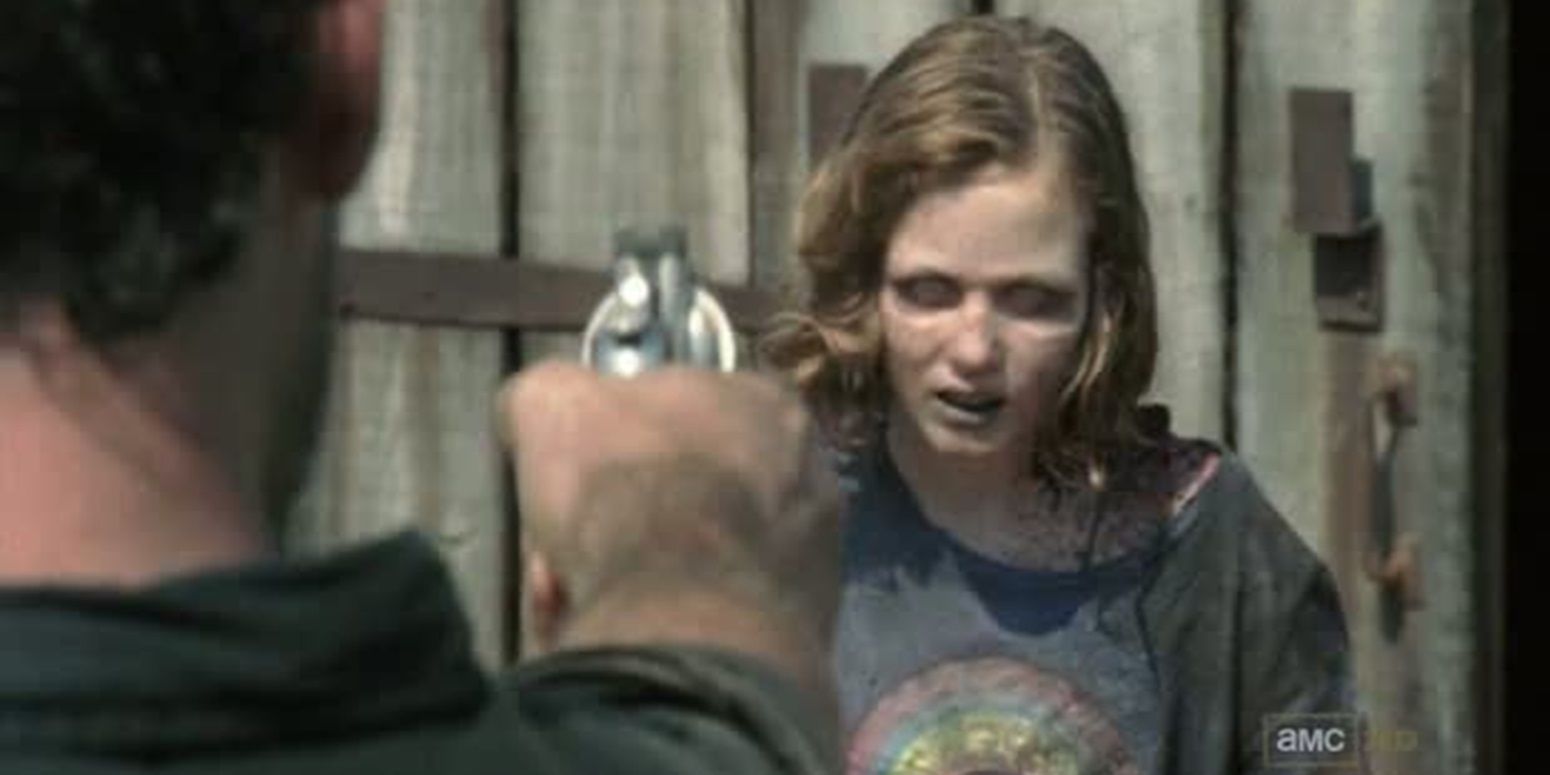
The search for Carol’s daughter Sophia reaches its devastating conclusion as the barn doors open to reveal her transformed state. Sophia’s death and the slow-motion heartbreak of watching Hope die is one of the show’s most powerful moments. The group’s prolonged search, carrying the audience’s investment in finding Sophia alive, makes her appearance as a walker particularly gut-wrenching.
Watching the characters’ reactions – especially Carol’s collapse and Rick’s grim determination as he steps forward to do what must be done, is what elevates this moment to true horror. The scene forces viewers to confront the reality that not even children are safe in this show. A bold statement at the mid-point of season 2 of The Walking Dead. It’s a turning point that shatters any remaining illusions about finding happy endings.
9Rick Tears Out a Man’s Throat
The Walking Dead: Season 4, Episode 16 – “A”
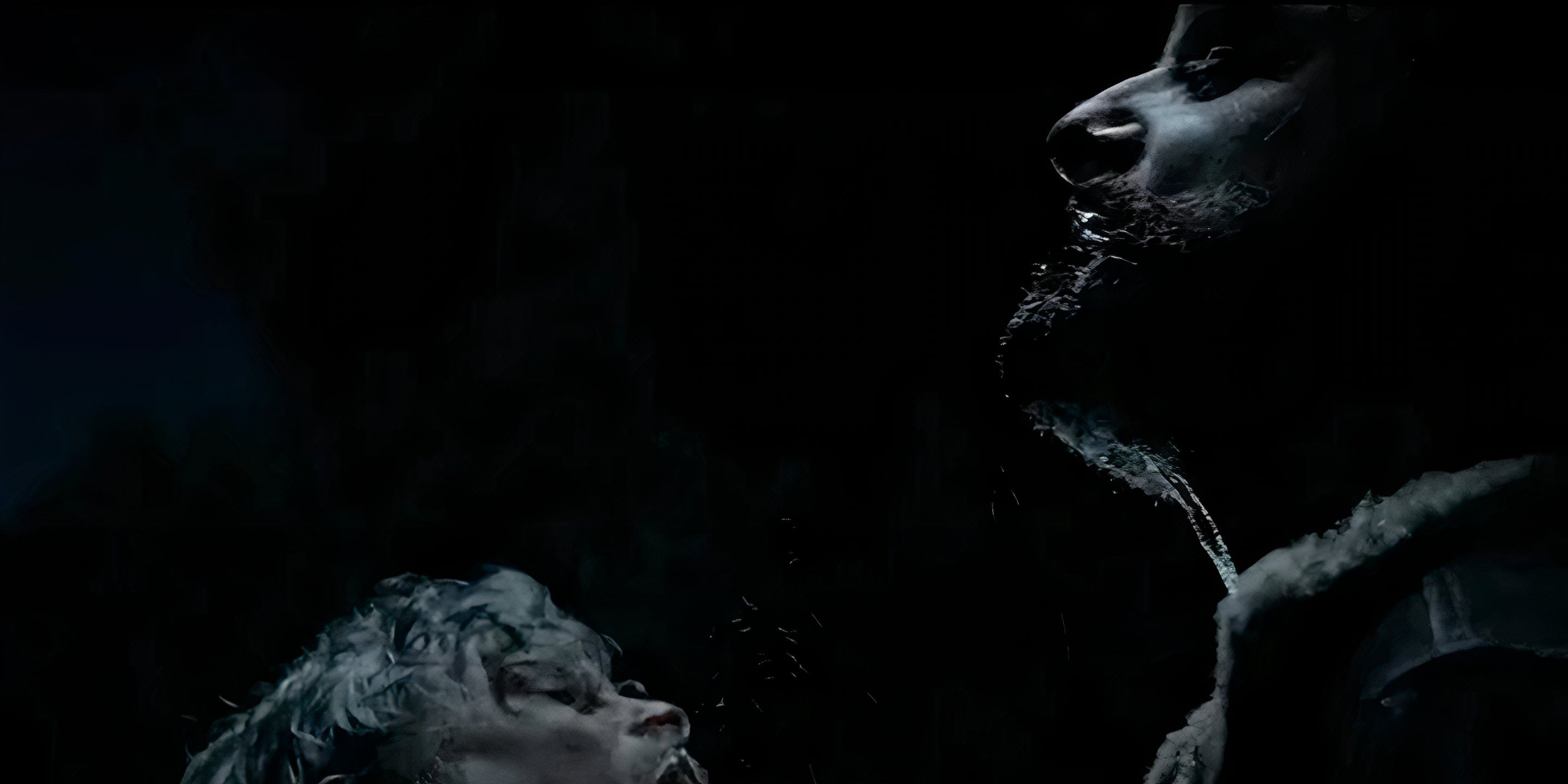
In a moment that defines Rick’s transformation from lawman to survivor, the diplomatic resolution gives way to primal violence in his darkest kill. Pinned down and seemingly helpless, Rick demonstrates the lengths a father will go to protect his child by literally tearing out his attacker’s throat with his teeth. The scene’s shocking brutality is amplified by its desperate intimacy – this isn’t a gunfight or even a knife fight, but a display of raw, animalistic survival instinct.
A once-civilized man has now embraced such savagery in a truly horrific moment that stands out in the story of Deputy Sheriff Grimes. Rick’s blood-soaked face becomes a mirror of the walkers he fights, suggesting that survival in this world requires becoming something less than human. It’s a point of no return, where the line between humanity and monstrosity blurs irreversibly for Rick.
8The Well Walker
The Walking Dead: Season 2, Episode 4 – “Cherokee Rose”
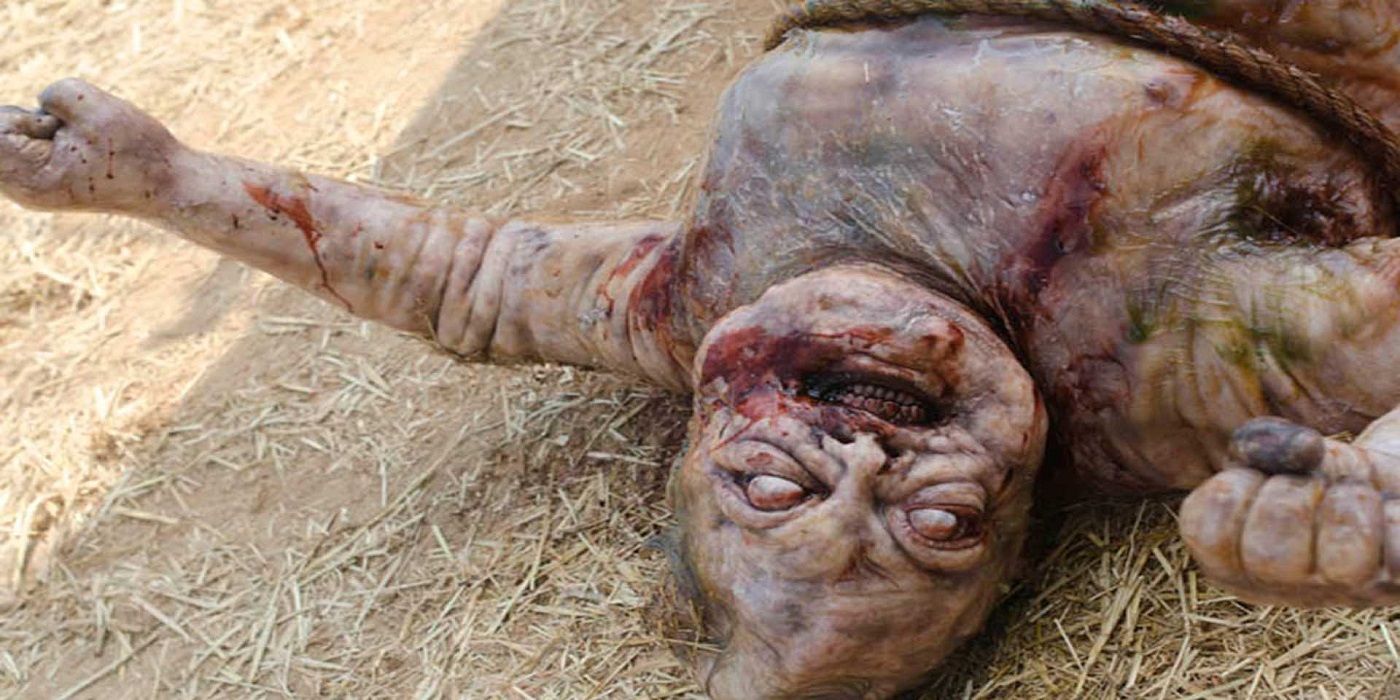
Deep in the Greene family’s well, a bloated walker presents one of the series’ most grotesque early challenges in the show’s fantastic second season. The horrifically waterlogged creature, trapped but still deadly, forces the group to attempt a dangerous extraction to prevent water contamination. What makes this moment particularly effective is its build-up—the slow reveal of the walker’s deteriorated state and the tension of the failed rescue attempt to create a nauseating sense of dread that hints at bigger challenges ahead.
The scene culminates in stomach-churning body horror as the walker splits in half, its bloated remains contaminating the very water supply they were trying to protect. This early showcase of practical effects and makeup work established the series’ commitment to pushing boundaries with its zombie designs while demonstrating how even the simplest survival tasks could turn into nightmarish ordeals.
7The CDC Explosion
The Walking Dead: Season 1, Episode 6 – “TS-19”
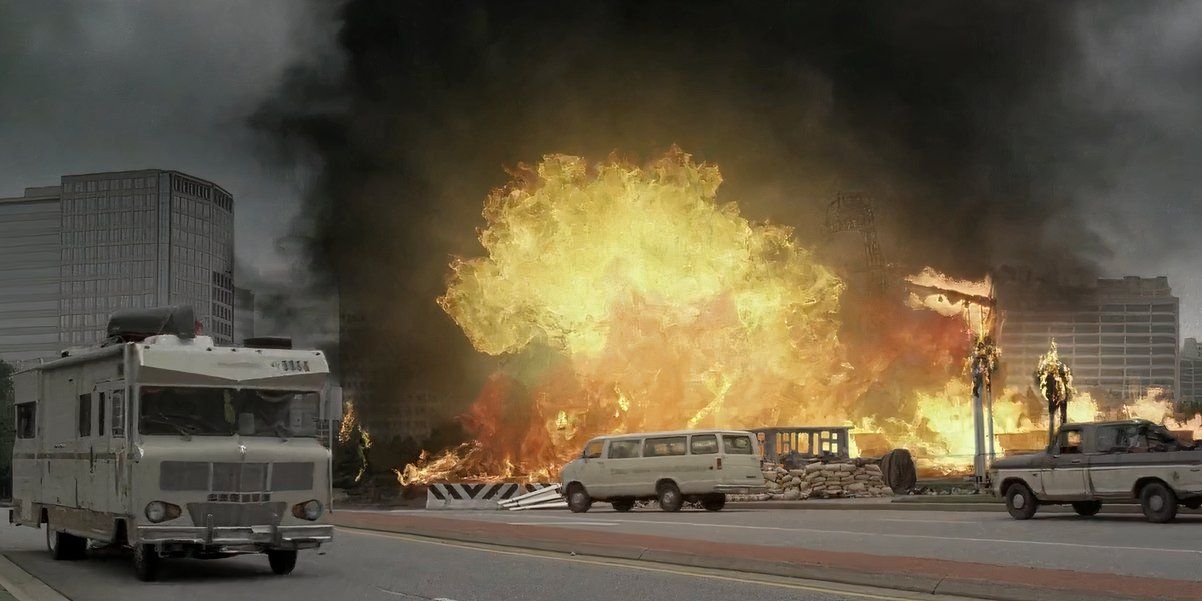
Watching the CDC self-destruct carries a unique horror – the death of any hope. The massive facility, humankind’s last pillar of scientific progress, transforms from sanctuary to tomb in mere moments. The countdown creates unbearable tension as characters face an impossible choice: stay and die quickly, or leave and face a world without answers. The building’s destruction symbolizes the death of humanity’s technological safeguard in this new Zombie-filled world. There is no way back.
What makes this scene particularly frightening is Dr. Jenner’s calm acceptance of death, suggesting that knowledge of what’s to come is worse than ignorance. The explosion is a spectacular yet somber reminder that in this new world, even humanity’s greatest achievements offer no protection against the apocalypse in the explosive end of season 1 of The Walking Dead.
6Chomper Experiment Scene
Fear the Walking Dead: Season 3, Episode 5 – “Burning in Water, Drowning in Flame”
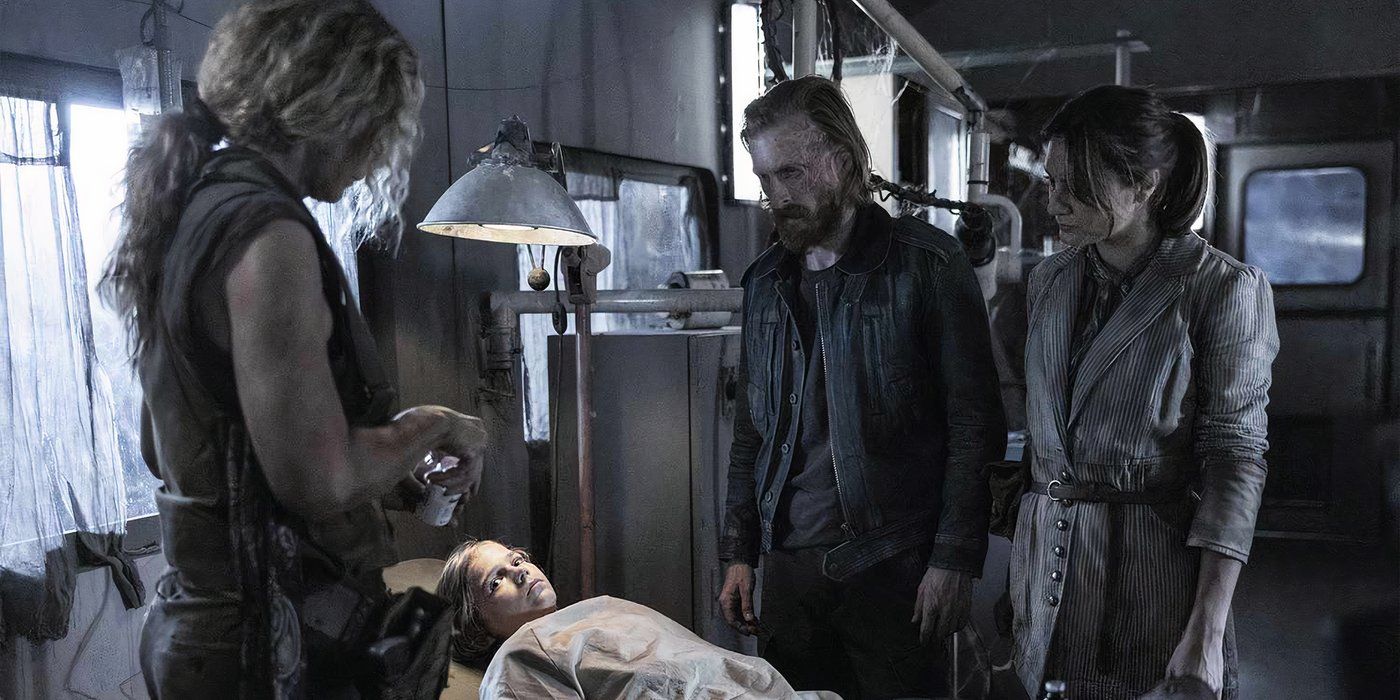
In season 3 of Fear the Walking Dead, the true horror of scientific experimentation without ethical constraints unfolds in a makeshift laboratory. The scene’s clinical setting starkly contrasts the savage nature of the experiments being conducted, as researchers push the boundaries of what’s possible—and permissible—in their study of the infected. The sterile environment only serves to heighten the brutality, creating a disturbing parallel to real-world medical experiments conducted without moral oversight.
The methodical documentation of these brutal tests forces viewers to confront the moral decay that parallels the physical corruption of the walkers. It’s a chilling reminder that humanity’s quest for knowledge can become as monstrous as the threat they’re trying to understand.
5Dr. Jenner Explains the Zombie Virus
The Walking Dead: – Season 1, Episode 6 – “TS-19”
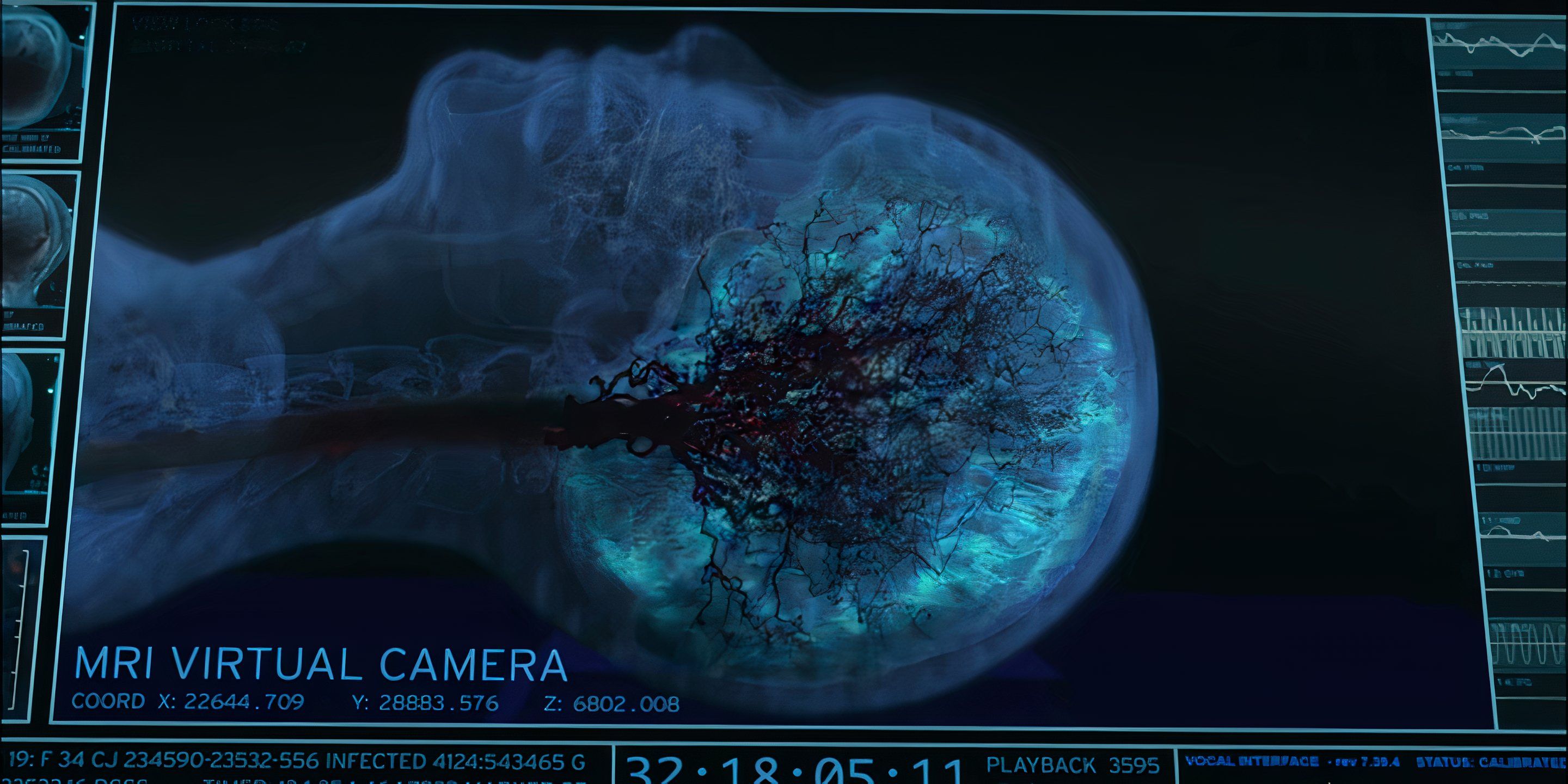
Within the sterile walls of the CDC, Dr. Jenner’s clinical explanation of the infection is one of the most iconic sequences of the original series. Through stark medical imagery, viewers witness the terrifying transformation from human to walker at a microscopic level. The cold, scientific breakdown of how the Walking Dead virus caused the brain to die and reanimate strips away any romantic notions about the undead, replacing them with the brutal reality of an unstoppable biological process.
More chilling still is not just Jenner’s revelation that the subject in the video was his wife, but that there’s no cure in sight and his cryptic suggestion that what awaits the survivors might be worse than death. This scene marks a pivotal shift in the series’ tone, replacing hope with existential dread about humanity’s future. The clinical setting only emphasizes how powerless even our most advanced scientific institutions are against this threat.
4Negan Corners the Group
The Walking Dead: Season 6, Episode 16 – “Last Day on Earth”
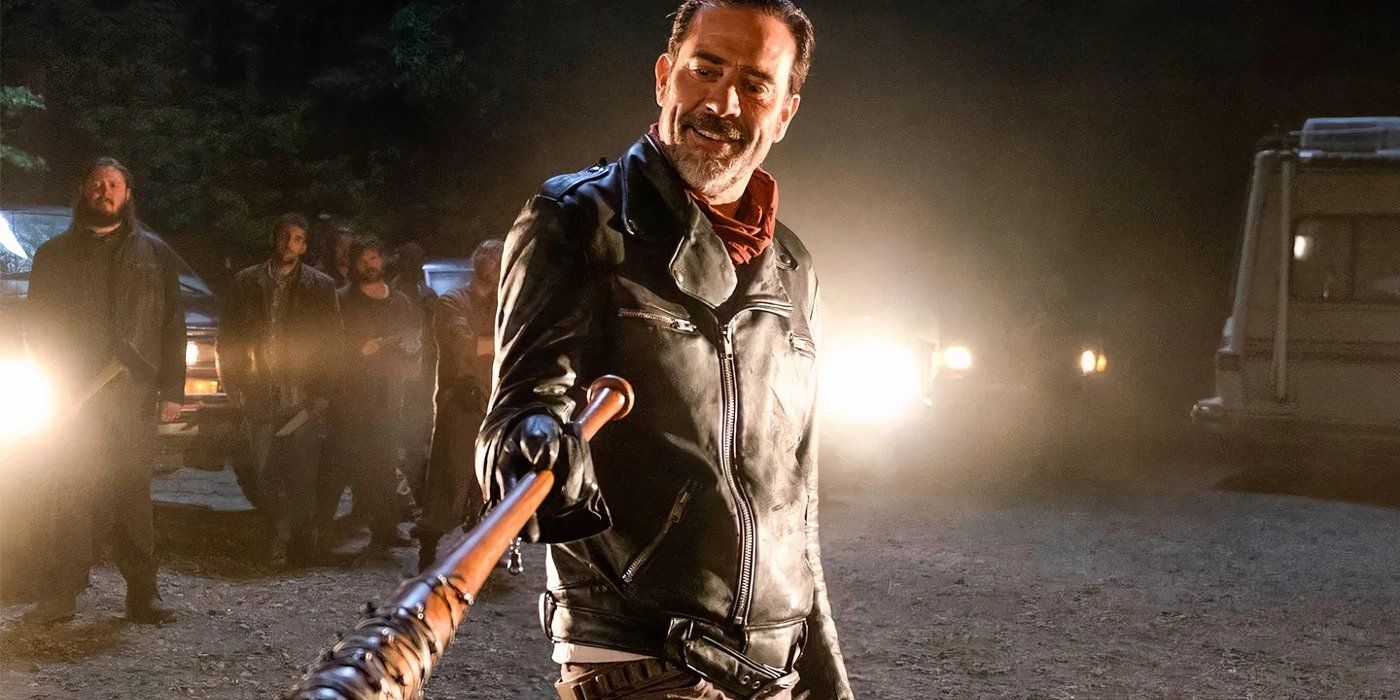
Introducing one of TV’s most charismatic and The Walking Dead’s best villains, Negan creates unprecedented dread as Rick’s group finds themselves systematically corralled into a trap. The mounting tension builds with each failed escape route, culminating in a scene of absolute powerlessness as our protagonists are forced to kneel before a new kind of threat. Negan’s theatrical entrance, complete with his barbed-wire-wrapped bat Lucille, establishes him as a villain who understands the power of psychological torture.
Negan’s charming yet sociopathic personality adds another layer of horror – his casual attitude toward violence and death suggests a man who’s turned cruelty into entertainment.
This scene is particularly frightening because it strips away all agency from characters who’ve survived countless dangers, reducing them to helpless spectators in their own execution. Negan’s charming yet sociopathic personality adds another layer of horror – his casual attitude toward violence and death suggests a man who’s turned cruelty into entertainment. The cliffhanger ending leaves viewers, like the characters, dreading what comes next.
3Terminus Trap
The Walking Dead: Season 4, Episode 16 – “A”
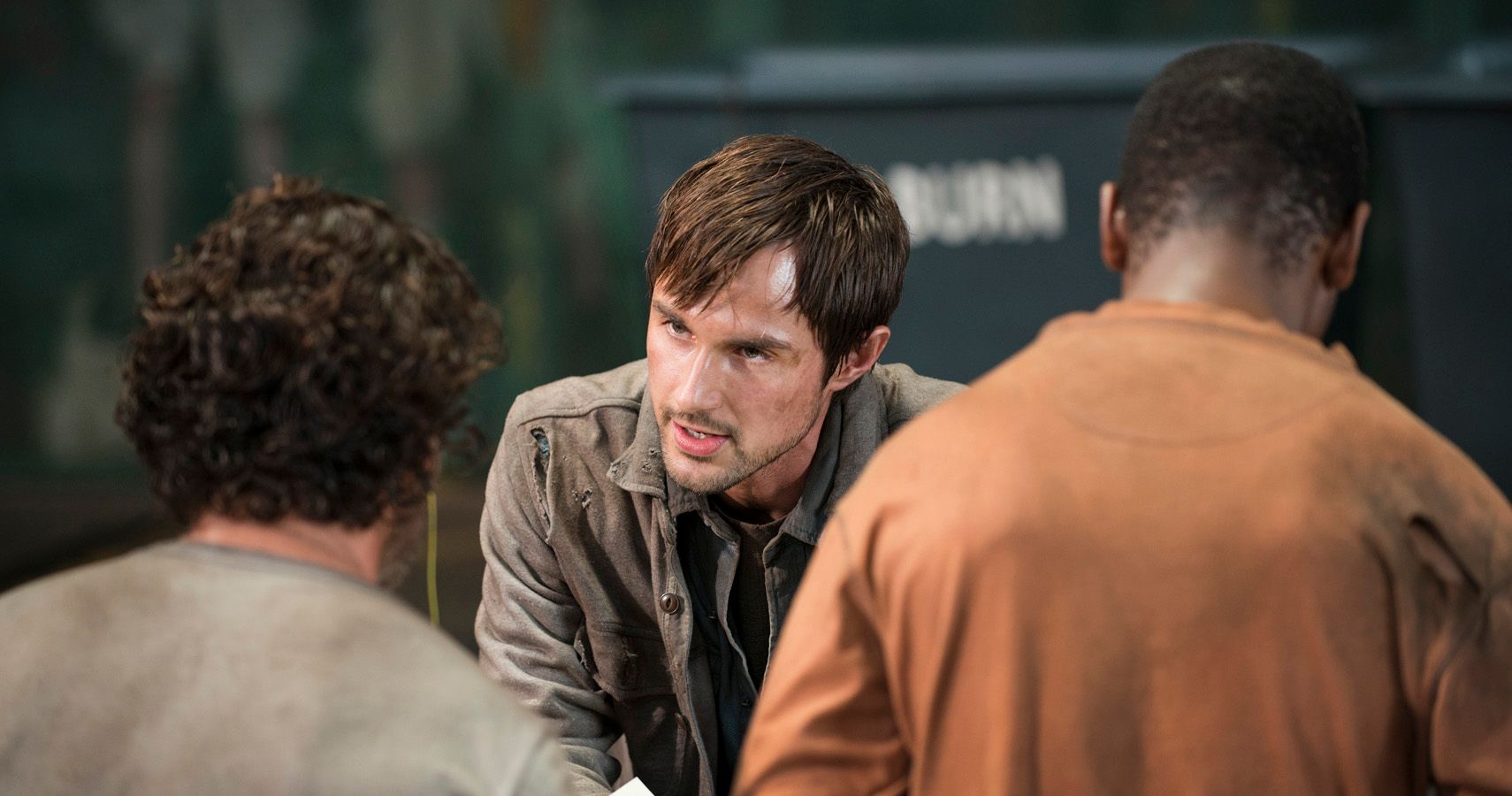
Horror takes on an industrial scale as Rick’s group discovers the true nature of Terminus. What initially appears as a sanctuary reveals itself as a carefully orchestrated trap, with railway cars serving as human cattle pens as some of the show’s best characters line up to be killed. The methodical, almost assembly-line approach to cannibalism creates a uniquely disturbing atmosphere, suggesting an entire community has normalized the unthinkable.
The awful level of clinical efficiency in the fake welcome signs, the heaps of stolen personal belongings, and the precisely organized killing floor all point to a level of organization that makes the horror even more profound. This isn’t survival cannibalism born of desperation, but a calculated system of predation that turns human beings into livestock, representing humanity’s capacity to industrialize evil.
2Bob’s Leg is Eaten
The Walking Dead: Season 5, Episode 3 – “Four Walls and a Roof”
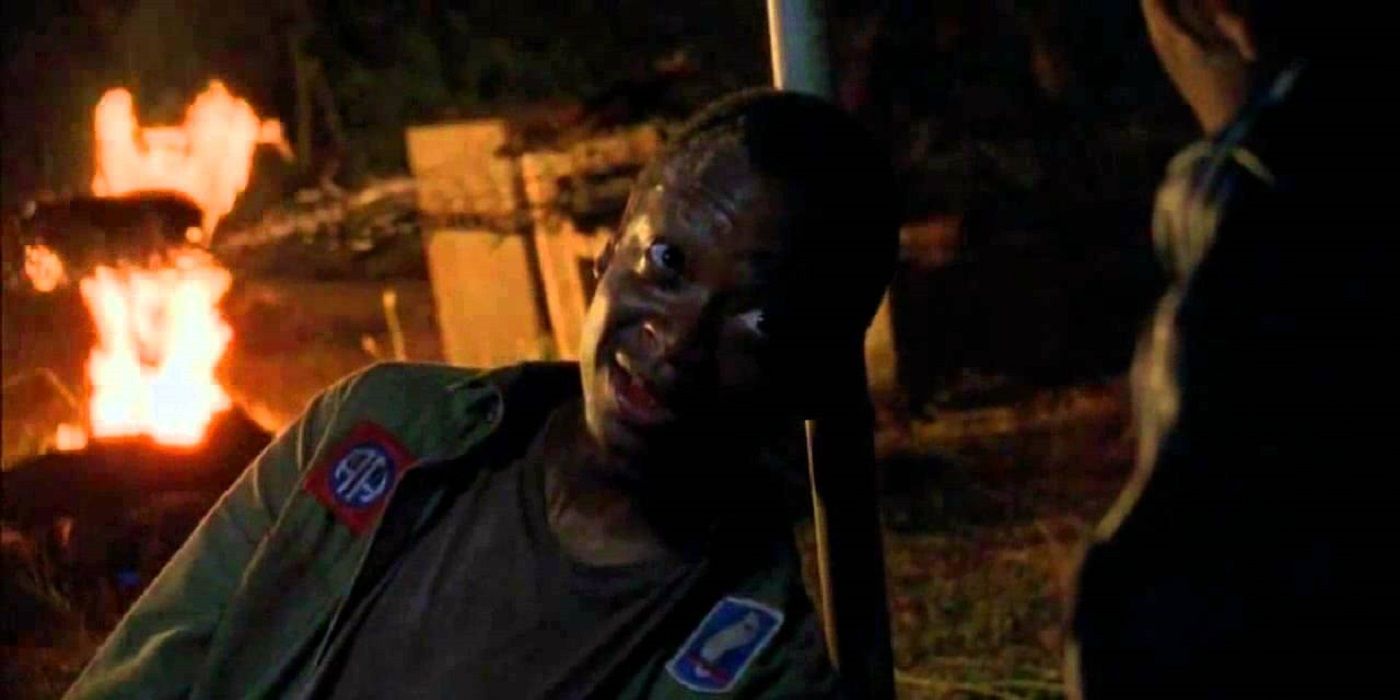
The revelation of human cannibalism reaches new heights of horror as The Walking Dead side character Bob awakens to find Terminus survivors feasting on his freshly amputated leg. The casual way these cannibals consume human flesh while attempting to justify their actions creates a deeply disturbing moment. Their leader’s almost philosophical explanation of their practices adds an extra layer of revulsion to an already nightmarish scene.
However, Bob’s laughter elevates this moment beyond mere shock value – his knowledge that they’re eating tainted meat, as he is infected, turns their feast into a moment of karmic justice. The scene is like a twisted dinner party out of Resident Evil, complete with polite conversation and table manners, making it all the more unsettling.
1Glenn’s Death
The Walking Dead: Season 7, Episode 1 – “The Day Will Come When You Won’t Be”
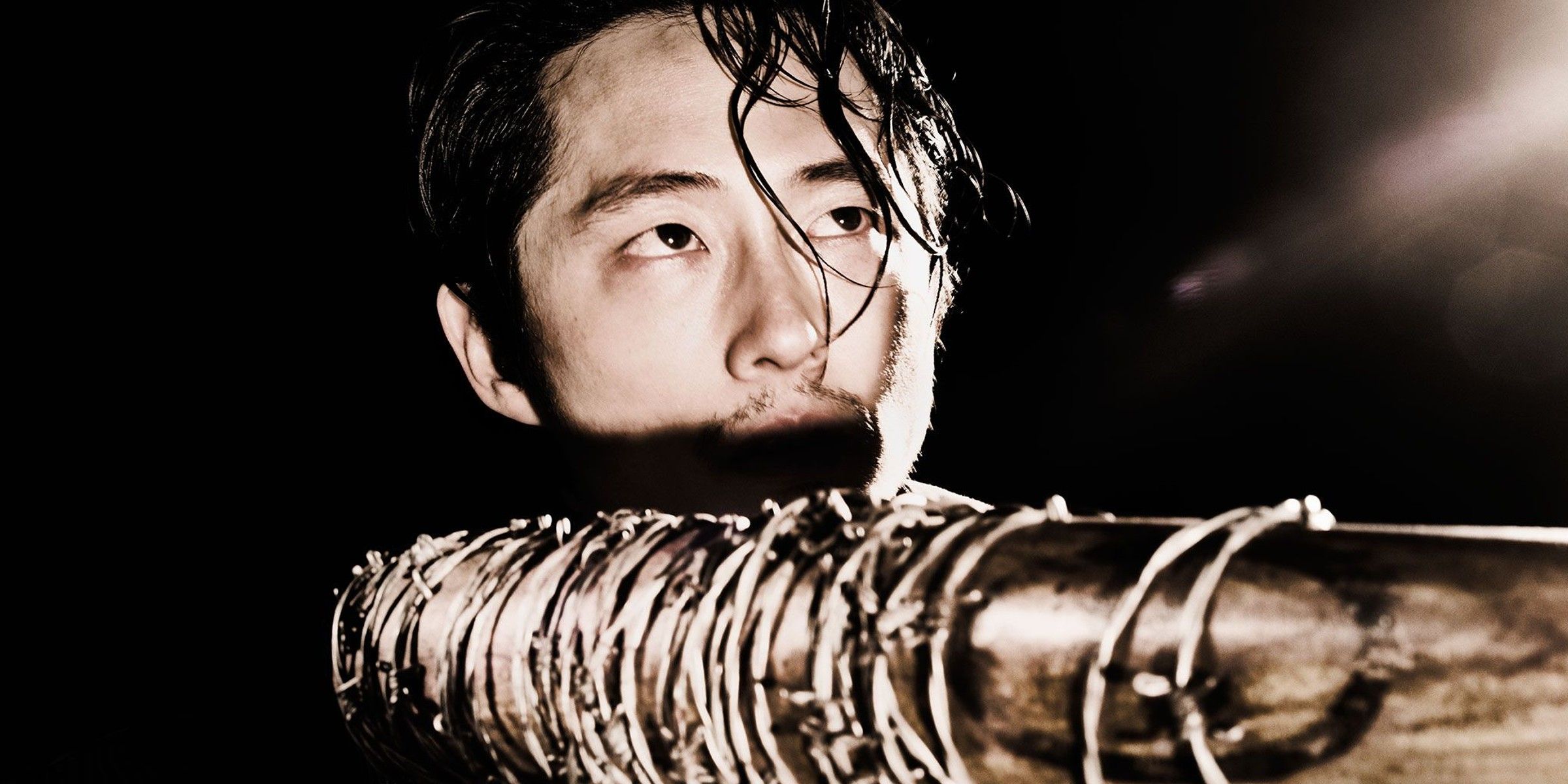
The resolution to season 6’s cliffhanger delivers perhaps the most brutal scene in television history. Glenn’s death by Negan’s bat Lucille represents more than just losing a beloved character. Fans lamented at the time over Glenn’s unexpected death. It shows how brutal the world has become and that the choices characters make in this world can have severe consequences. Glenn’s final words to Maggie amplify the graphic nature of the violence, creating emotional devastation that matches the physical horror unfolding on screen.
This scene’s commitment to showing the raw consequences of violence places it at the pinnacle of horror. The unflinching camerawork forces viewers to witness every moment of Glenn’s death, while the reactions of other characters mirror our horror and helplessness. This scene crosses a line from which the series could never return, establishing a new threshold for what television horror can depict while demonstrating that true terror comes not just from the act of violence but from watching powerlessly as it unfolds. The Walking Dead continued strong, but we all still miss Glenn.





